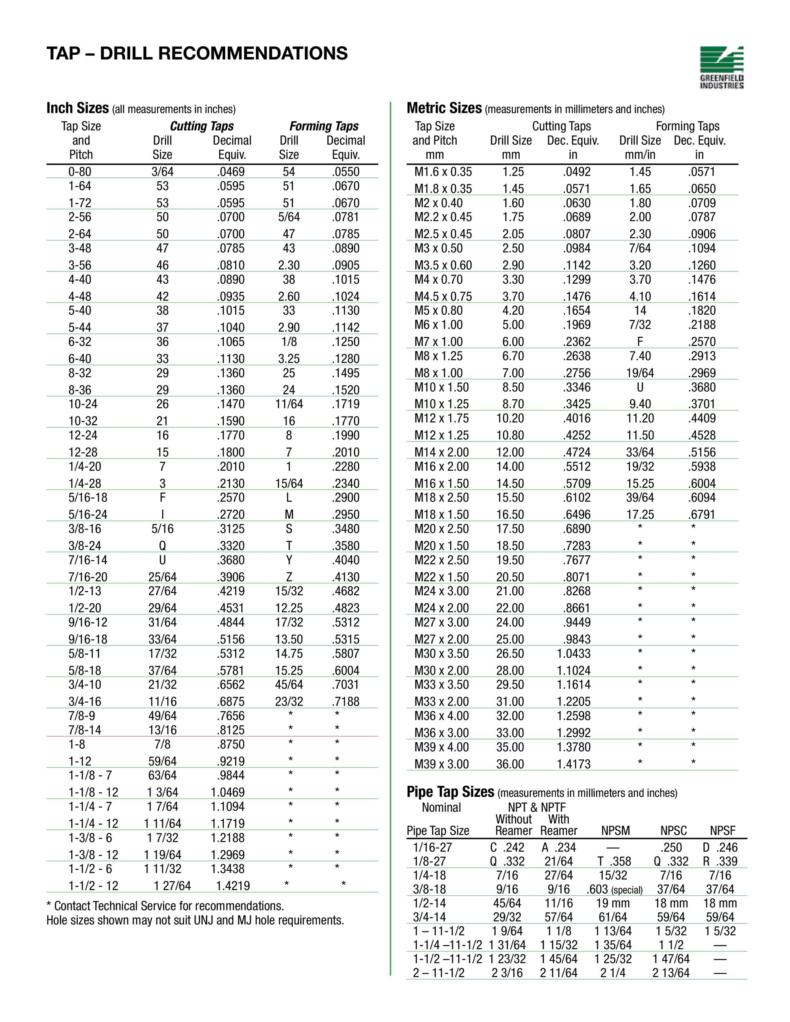

This is also why you can't power feed them. This is why you have to stop, reverse the tap to break the chip, and then keep going. The metallurgy is sketchy at best, the design is not meant for repeated or continuous use and they tend to be fragile.Ī hand tap is designed to neither push or pull the chips, but to curl them into the flute. The biggest offender I think is cheap carbon steel hand taps. The most common things I see wrong when tapping holes are, in no particular order: It is one of those tasks that is so easy to do if you're doing it correctly, but goes very wrong very fast if any one of the parameters is wrong. Tapping is probably one of the most misunderstood things I can think of on the home shop level. So I use my $40 Chinese 0-5/8" keyless chuck, you have to reverse with a tap wrench usually. There is also an "Auto Reversing" head, never had the chance to try one of those yet, but I've only been in this CRAP for just shy of 40 years now, maybe soon(?) I doubt it though. Most that I have used are of the clutch type, adjust tension to your best guess they are expensive and now considered obsolete in modern CNC tool-shops so replacement is un-likely. Tapping heads are as varied as there are makers. Newer machines use rigid tapping where the spindle and the feed axis are precisely controlled. Older machines might use synchronous tapping which often requires a tap holder with a little compression/tension spring to help the tap float. Modern CNC's are very precise, very accurate, rigid, and repeat amazingly. Spiral flutes will pull the chips up like a drill bit and work best for blind holes. Spiral point will push chips in front of the tap which works best with through holes like in plates. They have to be spiraled through a hole several "laps". Thread mills are like thread hobs but only have a single "thread".To create threads, they are swept through a helix in the hole with the spindle running at high rpm. Thread hobs are like end mills but with specific teeth which match the thread.The high friction requires good lubrication. An advantage is being able to run the tap to the bottom of a blind hole without chips building up and jamming. To use these, the drilled hole must be larger than normal. Form/roll taps have no flutes and create no chips, they are more like a screw with a raised cam lobe which pushes the metal around to create threads.

Cut taps are what most folks are familiar with.cut taps, form/roll taps, thread mills, thread hobs. Longer lead means lower effort to run the tap into the hole. Usually expressed as a multiple of thread pitch such as 2-3p. There are plug, bottom, and modified bottom. At work, we often use form taps (roll taps) in aluminum and stainless steel.


 0 kommentar(er)
0 kommentar(er)
